Formatting data based on certain criteria is known as conditional formatting. A report in Access 2013 can display data, but sometimes you may want help in identifying certain types of data. While you can manually examine a report and highlight information yourself, it’s faster and more accurate to let Access do it instead.
To use conditional formatting, you need to define the field to format, define a rule to trigger the formatting, and then the type of formatting you want to apply, such as highlighting the field in red or yellow.
To apply conditional formatting to data in a report, display your report in Design view and follow these steps:
Select the field to which you want apply conditional formatting.
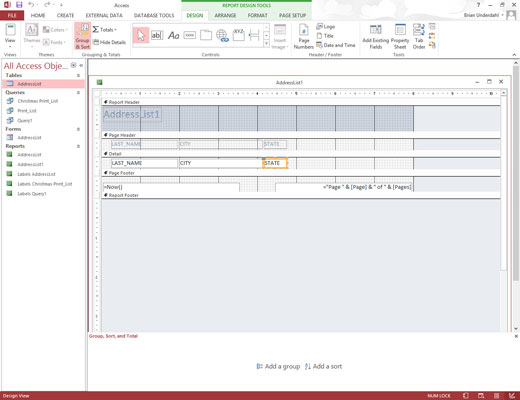
You can apply conditional formatting to a numeric or text field.
Click the Format tab and click the Conditional Formatting icon in the Control Formatting group.
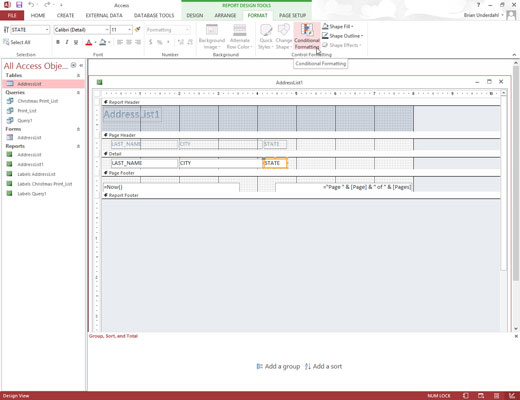
A Conditional Formatting Rules Manager dialog box appears.
Click the New Rule button.
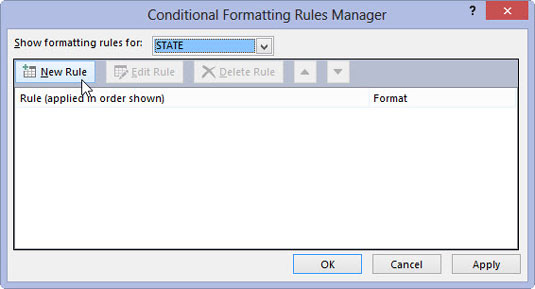
A New Formatting Rule dialog box appears.
You can click the Edit Rule or Delete Rule button here to edit or delete a rule that you’ve created.
Select a rule type.

Check values in the current record or use an expression (you can create a rule that only considers the value of a single field).
Compare to other records (you can create a rule that examines the value of the same field stored in other records).
Define your rule under the Edit the Rule Description category.
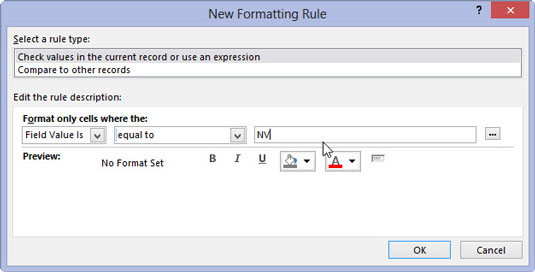
Depending on the option you chose in the preceding step, the Edit the Rule Description category may display different options.
Choose the type of formatting to display if the data in a field matches the rule that you defined.
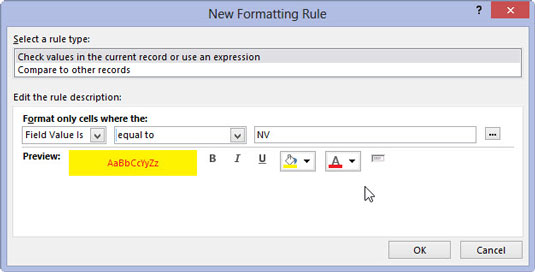
Click OK. The Conditional Formatting Rules Manager dialog box appears again, displaying your newly created rule.
Click OK.

Access now displays your formatting changes in the field if it matches your defined rule.
Click the Print Preview button.
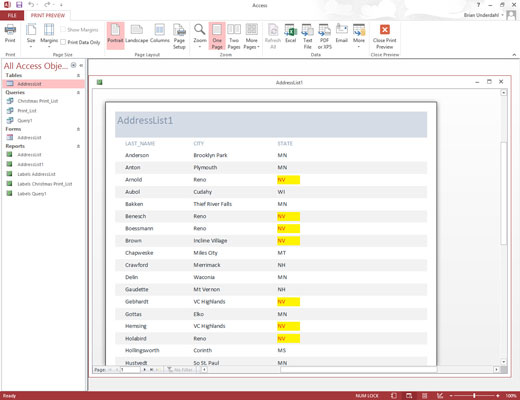
Access shows how your report will appear with the conditional formatting applied.






